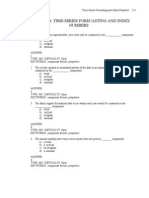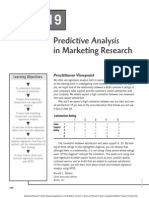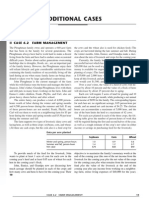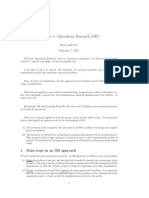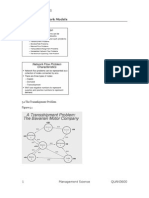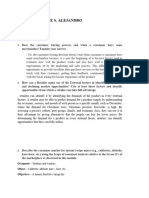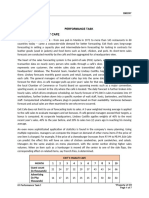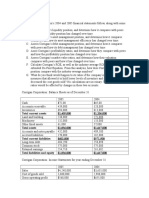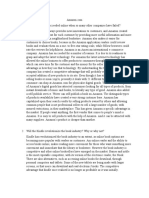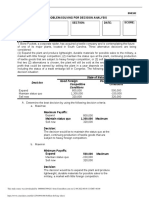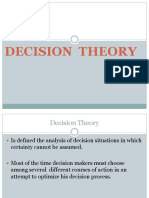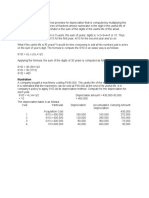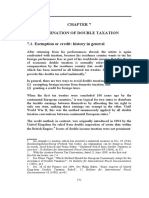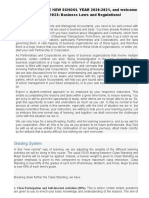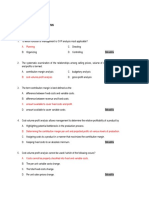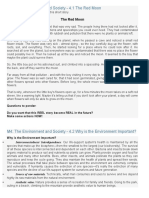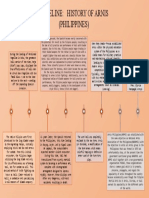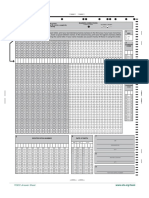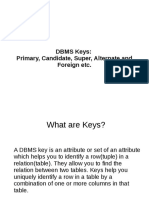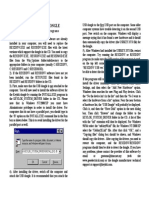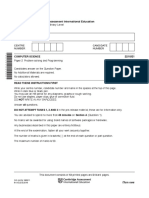100% found this document useful (1 vote)
175 views4 pagesState of Nature Decision Good Foreign Competitive Conditionspoor Foreign Competitive Conditions
This document outlines the solution to a decision analysis problem regarding the future of a textile plant. [1] Three alternatives are considered: expand production, maintain status quo, or sell the plant. [2] The problem is analyzed using various decision criteria both with and without assigned probabilities to outcomes. [3] Expected values, expected opportunity losses, and value of perfect information are calculated to determine the best decision is to maintain the status quo.
Uploaded by
Queenie ValleCopyright
© © All Rights Reserved
We take content rights seriously. If you suspect this is your content, claim it here.
Available Formats
Download as DOCX, PDF, TXT or read online on Scribd
100% found this document useful (1 vote)
175 views4 pagesState of Nature Decision Good Foreign Competitive Conditionspoor Foreign Competitive Conditions
This document outlines the solution to a decision analysis problem regarding the future of a textile plant. [1] Three alternatives are considered: expand production, maintain status quo, or sell the plant. [2] The problem is analyzed using various decision criteria both with and without assigned probabilities to outcomes. [3] Expected values, expected opportunity losses, and value of perfect information are calculated to determine the best decision is to maintain the status quo.
Uploaded by
Queenie ValleCopyright
© © All Rights Reserved
We take content rights seriously. If you suspect this is your content, claim it here.
Available Formats
Download as DOCX, PDF, TXT or read online on Scribd
/ 4





